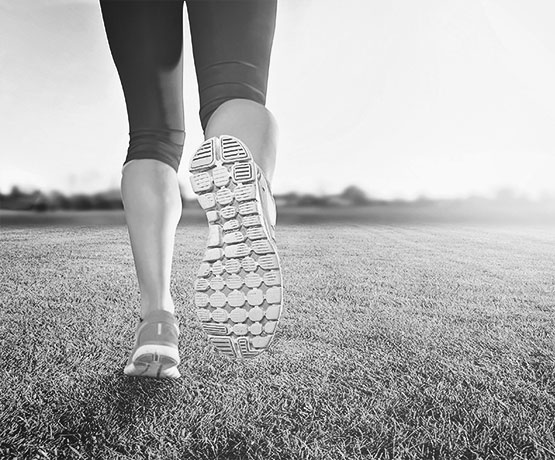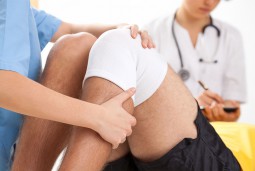Juvenile osteochondroses is a general term that is used to describe a particular group of disorders that affect the skeleton of a person who is still growing. These disorders are the result of injury, abnormal growth or overuse of a growth plate that is still in the developing stage and those ossification centers that surround it. The exact cause of juvenile osteochondroses typically cannot be isolated, but there are several elements that are thought to play a role in its development. Repetitive trauma, mechanical factors, vascular abnormalities, hormonal imbalances and genetic causes are all thought to have a place in the development of these disorders.
When Does Juvenile Osteochondroses Appear?
Joint pain is often caused by juvenile osteochondroses, though other causes such as inflammation, infection and trauma should also be ruled out during the diagnostic stage. Typically, boys are more affected by this set of disorders than girls with those aged between 10 and 14 years presenting with it most often. It is commonly thought this is due to the fact that boys tend to be more susceptible to injuries due to overuse as well as childhood trauma. Children affected by juvenile osteochondroses typically complain of pain and show signs of disability. The most common areas that are affected tend to be the foot, back, hip, elbow and knee.
Different Types of Juvenile Osteochondroses
The disorders of Juvenile Osteochondroses are categorized depending on the location of the pain and disability. The following gives a general overview of the areas of the body that are typically affected as well as the name of the particular disorder associated with it.
- Sinding-Larsen–Johannson and Osgood-Schlatter diseases are often the cause of anterior knee pain that is caused by activities involving kneeling and jumping.
- Legg-Calvé-Perthes disease involves the hip and often results in the patient presenting with an atraumatic limp, knee pain and hip pain.
- Köhler bone disease and Freiberg disease, disorders of the navicular bone and metatarsal head, respectively, are often the cause of foot pain. Both diseases cause fragmentation and flattening of bone as well as sclerosis when radiographs are studied.
- Sever disease is often the cause of heel pain that is worsened by wearing cleats and activity. Treatment options typically include calf stretches, shoe modifications, activity and heel cups. Sever disease often mimics Achilles tendonitis.
- Panner disease and medial epicondyle apophysitis are often the culprit behind elbow pain. Panner disease can be associated with frequent throwing and is often seen in children under the age of ten. It typically resolves spontaneously. Medial epicondyle apophysitis is often aggravated by frequent throwing as well. Treatment often consists of throwing cessation as well as dosing with anti-inflammatory drugs that are also non-steroidal in nature or acetaminophen.
- Scheuermann disease is caused by anterior wedging seen in vertebral bone. The result is often a humpback deformity as well as back pain.
It is important that a child that complains of pain within the above noted areas, and who shows signs of disability within it, be seen by a physician as soon as possible. Prompt treatment can prevent more serious conditions and improve quality of life.



